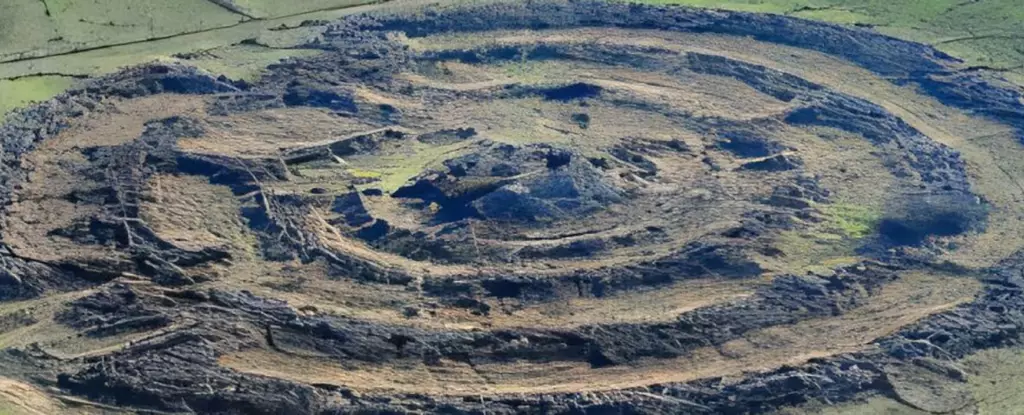Nestled in the rugged landscapes of the Golan Heights in southwest Syria, Rujm el-Hiri, translated as ‘Wheel of Ghosts’, stands as an enigmatic testament to ancient civilization. Once thought to be an astronomical observatory due to its supposed alignment with celestial objects, recent revelations have sparked a reevaluation of its purpose. Researchers from Tel Aviv University and Ben-Gurion University of the Negev have employed modern techniques to uncover a new narrative surrounding this captivating megalithic monument, leading us to question what motivated its genesis and development.
The original belief that Rujm el-Hiri served an astronomical function was based on its apparent alignment with night sky phenomena. However, the recent study challenges this notion, indicating that the site has undergone significant geological shifts over millennia. Utilizing advanced geomagnetic analysis, tectonic reconstruction, and remote sensing technologies, researchers observed that the site’s position has changed considerably from its original state. The authors of the study revealed that the geological evolution of the region contributed to the counterclockwise rotation of the site, shifting its alignment away from celestial bodies over thousands of years.
The integration of various scientific methodologies has proven pivotal in this reevaluation. Geomagnetic analysis sheds light on the historical signatures of the Earth’s magnetic field recorded in local rocks and soil, while tectonic reconstruction models the earth’s physical motions. Additionally, remote sensing leverages satellite imagery to analyze site layout with precision. The culmination of these techniques has unveiled that Rujm el-Hiri has shifted several meters from its original position and redefined the orientation of its orbital walls and entrance.
The findings suggest that construction at Rujm el-Hiri began around 4500 BCE, evolving over centuries with notable additions and refurbishments, particularly during the Bronze Age, approximately between 3600 and 2300 BCE. This long-term development emphasizes the complexity of human interaction with the site.
While some previous theories proposed Rujm el-Hiri as a fortification or a communal gathering space, the latest research prompts consideration of alternative purposes. The structure, characterized by a central cairn encircled by several concentric basalt stone circles, spans roughly 150 meters (492 feet) in diameter. Each layer of construction reflects a narrative that extends beyond mere celestial observation; it may have also served to foster community, burial, or ritual practices among ancient peoples.
Compounding this complexity are the various types of structures which have been identified in the vicinity, including walls and tumuli or burial mounds. The researchers emphasized that Rujm el-Hiri exemplifies a broader archaeological trend in the region, where sites were frequently repurposed or modified over time. Such adaptations illustrate the dynamic relationship between ancient communities and their environments, showcasing human ingenuity and resilience.
This groundbreaking study marks a trailblazing application of combined scientific techniques within the Southern Levant and sets a precedent for future explorations of similar sites. The insights gained underscore the potential for unearthing even more intricate connections within the landscape of ancient constructs. Not only does this research pave the way for a richer understanding of megalithic structures across the region, but it also suggests novel methodologies for detecting unobserved human-made formations using advancements in AI and satellite technology.
As the researchers posited, the techniques refined in this study may establish pathways for comparative analysis with megalithic sites around the globe. Thus, this inquiry into Rujm el-Hiri transcends its geographical borders, inviting an international discourse on the significance of such monumental sites and their roles in cultural memory.
Rujm el-Hiri embodies the complexities of ancient human endeavors, illustrating the multifaceted relationships between society and its constructed environments. By challenging longstanding interpretations through rigorous scientific inquiry, researchers have opened new avenues for exploration, enhancing our understanding of not only this site but also the broader implications for ancient civilizations worldwide. As we continue to peel back the layers of history, Rujm el-Hiri invites us to reconsider our narratives and expand our grasp of human ingenuity throughout time.


Leave a Reply